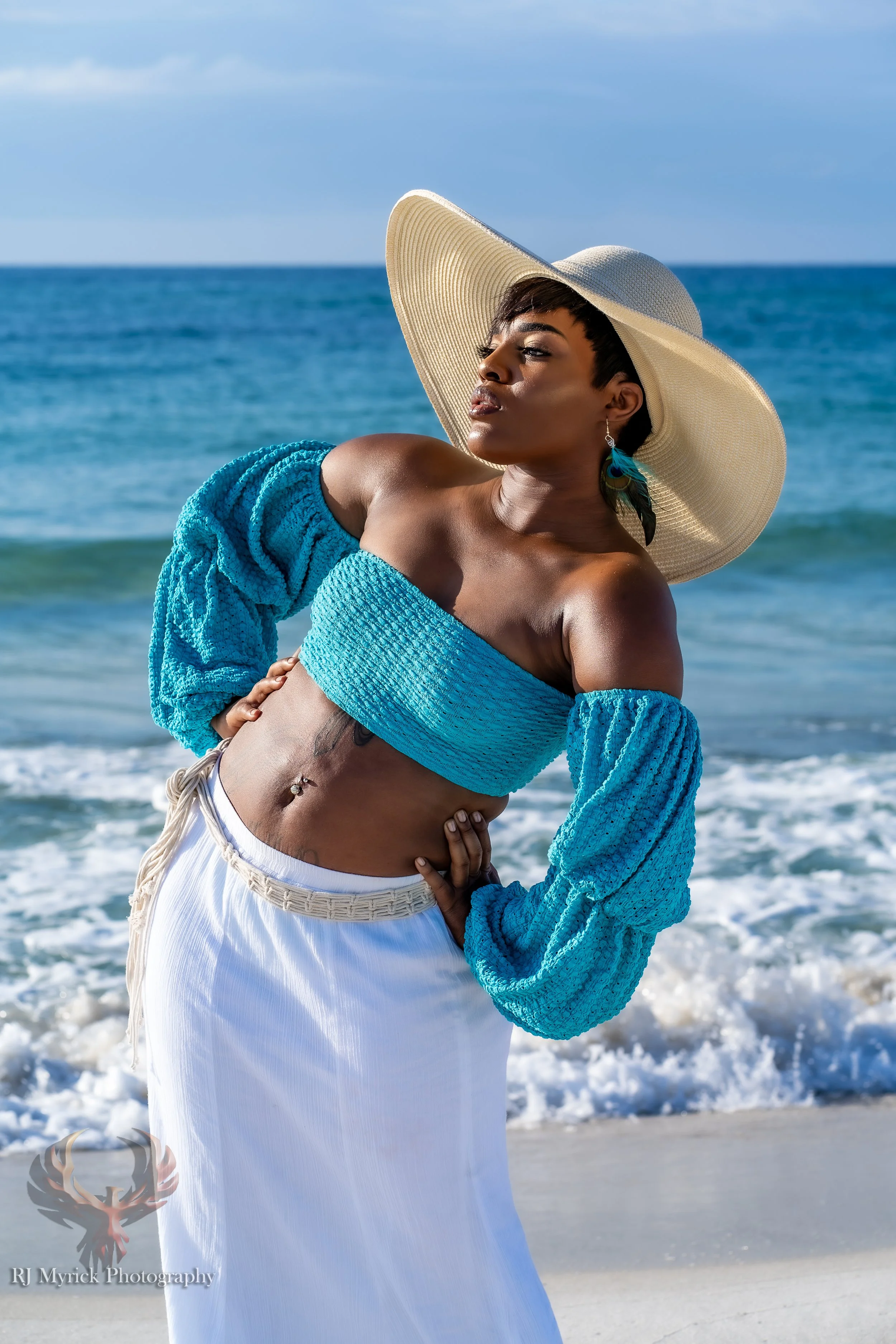Professional Models Need a Professional Portfolio
Breaking out in the fashion industry as a model is hard. The world is full of pretty faces and let’s face it, everyone wants to be a model. The barrier to entry to almost non-existent. No matter where you live, there isn’t a single person that wouldn’t jump at the opportunity to be a fashion model. With so much competition, what does a model need to stand out from the crowd?
The answer is simple to say but much more difficult to follow through with. To stand out from the crowd as a professional fashion model, you have to work harder than the rest. That means constantly building and updating your portfolio, consistently marketing yourself, always growing your network, and searching for new ways to get your name out into the world of fashion.
So, where do you start your journey into the world of fashion as a model?
The path of a model is different for everyone. Some did a random hometown fashion show and fell in love with it. Others just randomly decided they wanted to give it a try. Regardless of where your journey began, your first priority for becoming a professional model needs to be your portfolio.
A model portfolio is simple by design and easy to get started. It’s just a collection of great photos that show you modeling. There are a few guidelines that need to be followed for it to be considered a professional portfolio though.
Only choose the best images. This means that all the photos in your portfolio are high quality, high resolution images from a professional photographer, and printed by a professional lab. No exceptions. It doesn’t matter how many megapixels your iPhone 27 ProMax XL camera has, the image is not professional. A professional image is taken by a professional photographer (not a hobbyist), with a professional camera (no phones), in a professional setting, with proper posing and composition.
Seek out the opinions of professionals when choosing portfolio images. You may look at an image and say “perfection”, but a professional photographer will look at it and say “the lighting is not right, you’re framed incorrectly, and the leading lines pull the viewers eyes in the wrong direction.” Agents spend their entire life looking at model portfolios and these small details make all the difference.
Variety is the next marker of a quality portfolio. Your images need to show different locations, different styles, and versatility as a model. 10 images of you in 4 different outfits from a studio shoot will not work. It doesn't matter how many times the background and lighting changed. You need studio shots, outdoor shots, lifestyle photos, and more. Show the agents that you are a master of you craft in every way.
Finally, do not include subpar photos just to add more images to your portfolio. If you only have 3 images that hit the mark, only use those three images until you acquire more. Adding in images that miss the mark of quality will only diminish your portfolio when agents, designers, and photographers glance through it.
When you read an article like this, it all sounds simple and straightforward. In a manner of speaking, it is. But there is a lot of work (and money) involved in developing a professional model portfolio that will get you noticed in the fashion and modeling industry. Take your time, research your photographers, and plan every aspect of your portfolio. In some instances, you will be able to pull images from previous work that you’ve done but overall, you should have a plan for each image in your book. That is the key to standing out above the rest of the competition in the world of fashion and modeling.

